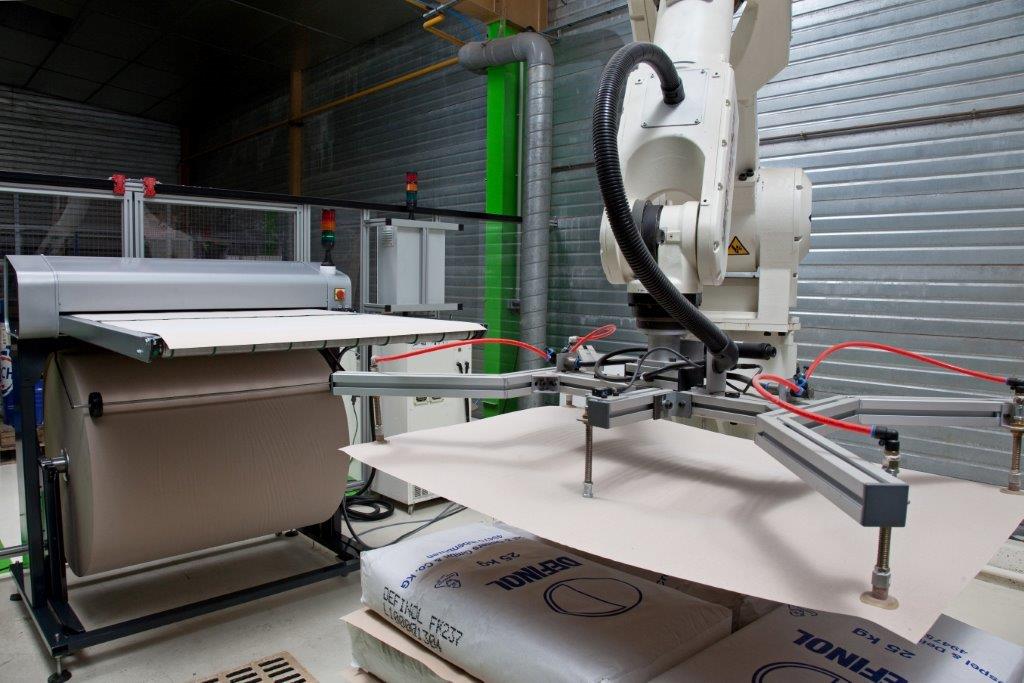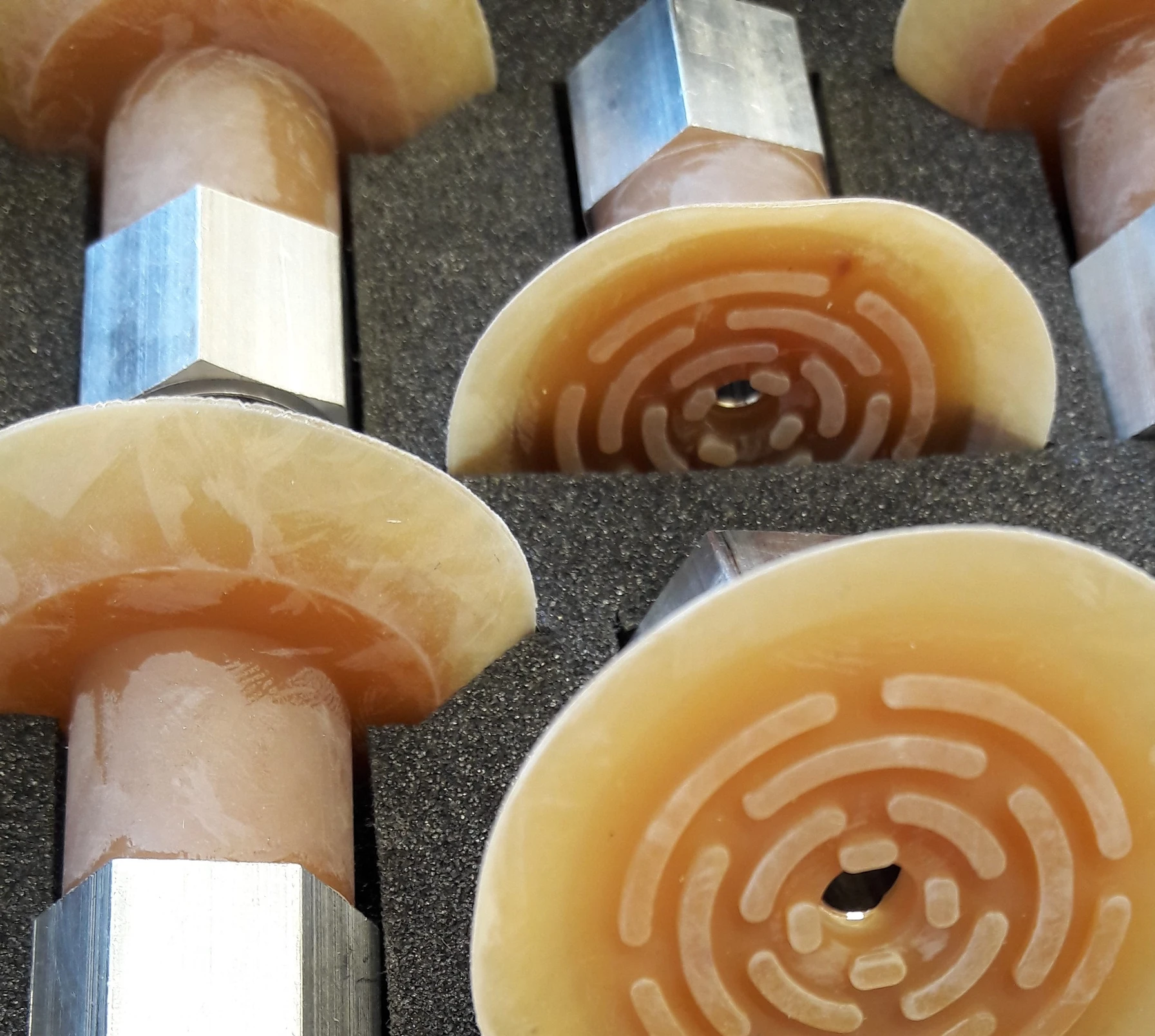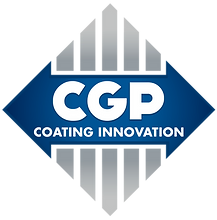Integrating a pallet spacer on your palletiser: a few ideas to avoid breakage!

As with the construction of a tower, a builder does not start with the roof or even the foundations, but with the drawing of a plan.
Before incorporating an anti-slip interlayer into your palletizing line, you must start by building a project.
Stabilizing a product, from its production to its place of final consumption, remains a challenge for a large number of companies.
If we have previously convinced you that the anti-slip palletizing interlayer is the quick, economical and ecological solution that meets your needs, you still have a challenge to take up: make sure that its implementation on your palletizing lines does not pay off. not by failure!
Here are a few things to think about:
Step 1: Define the quality, weight and size of your interlayer.
There are several types of anti-slip inserts: paper, compact cardboard, corrugated cardboard, plastic film … Each material can be declined in several weights, chosen according to its resistance, flexibility or the rigidity necessary for the stabilization of a palette. The tab format should match your needs.
For example, placed at the foot of the pallet, it will be the same size or larger than the latter to provide protection. Placed as an interlayer, the format will be smaller or identical to the surface occupied by the products so as not to be visible or to perforate the palletizing film.
Before proceeding to the next step, test the solution in manual mode. There is no point in wearing down your machines and tiring out your employees if there is no hope of a winning result.
With 25 years of experience, our experts will help you narrow down your choice.

Step 2: Implementation on a palletizing line.
- Define an ideal location for your stack of slip sheets.
It is important to take into account your constraints in terms of the environment: hygiene, temperature (hot, cold or very cold), humidity (dry, humid, wet). Next, you need to check whether the space near the palletizer will be large enough to place a pallet.
There are several types of format magazines: some are integrated into the floor or overhead. Others directly allow the reception of a new pallet of formats which will be placed by a pallet truck or conveyed automatically to a location.R
emember to anticipate the ease of access for the replenishment of consumables and turn your project into a tool for optimizing your internal flows. - Pick-up and removal of the insert format.

The next step in integrating slip-resistant dividers is to pick up and drop the insert size onto your pallet. There are different types of gripping systems that you can adjust to suit your needs such as gripper or vacuum gripping.
Regarding suction gripping systems, work on the quality of the suction cups, take into account their size, their arrangement on the gripper, the suction but also the speed of the maneuver and the gripper.
Missing space ? Complex circuits? Hair removal problems? Have you ever considered integrating an automatic insert cutter into your palletiser? Find out how our EXCALIBUR® automatic format cutting machine is an answer to these problems.
